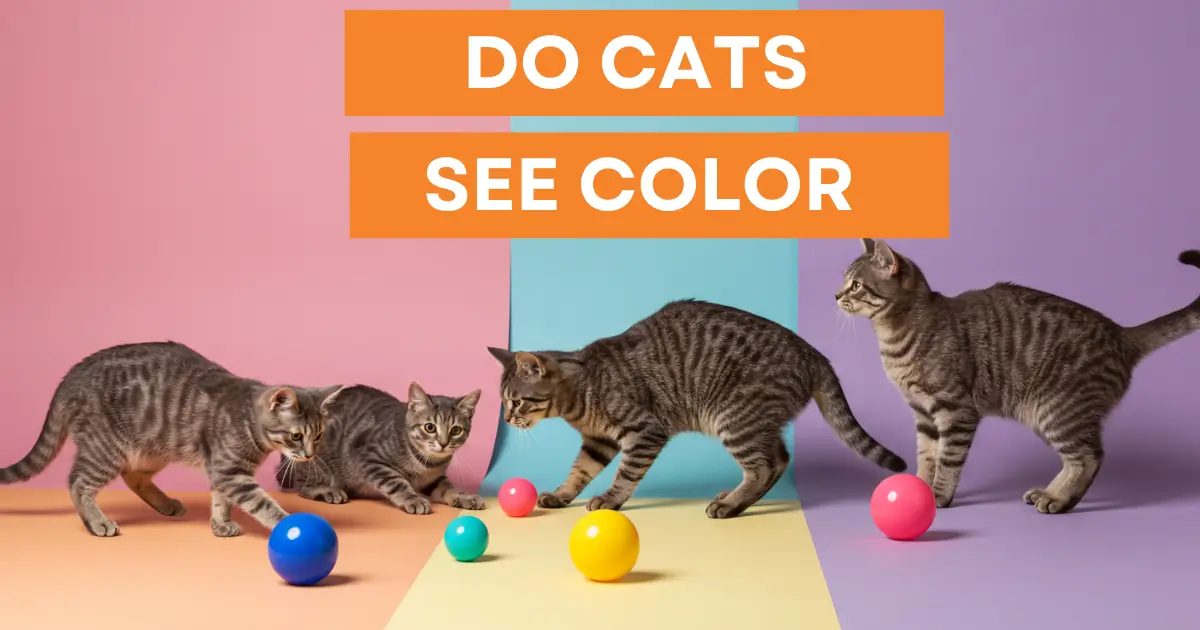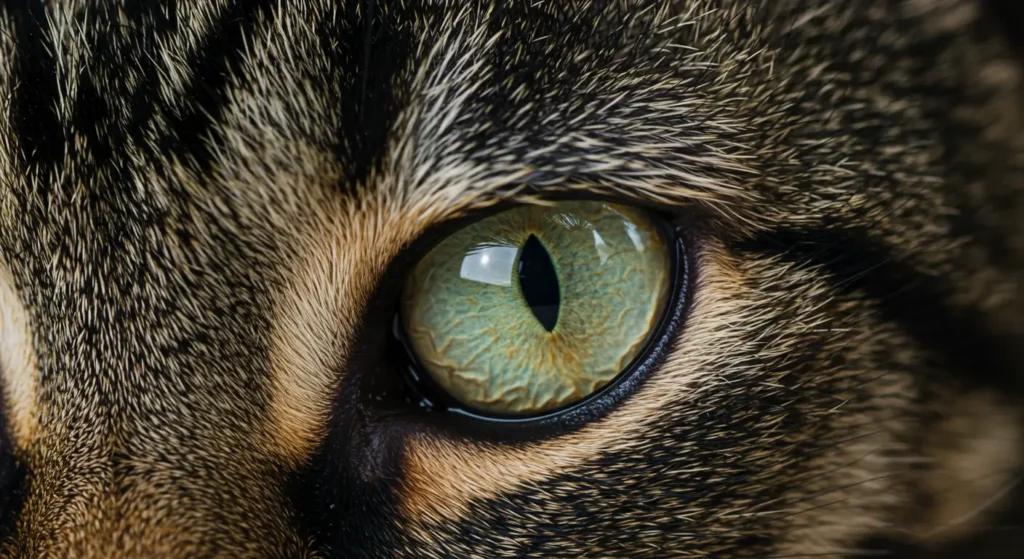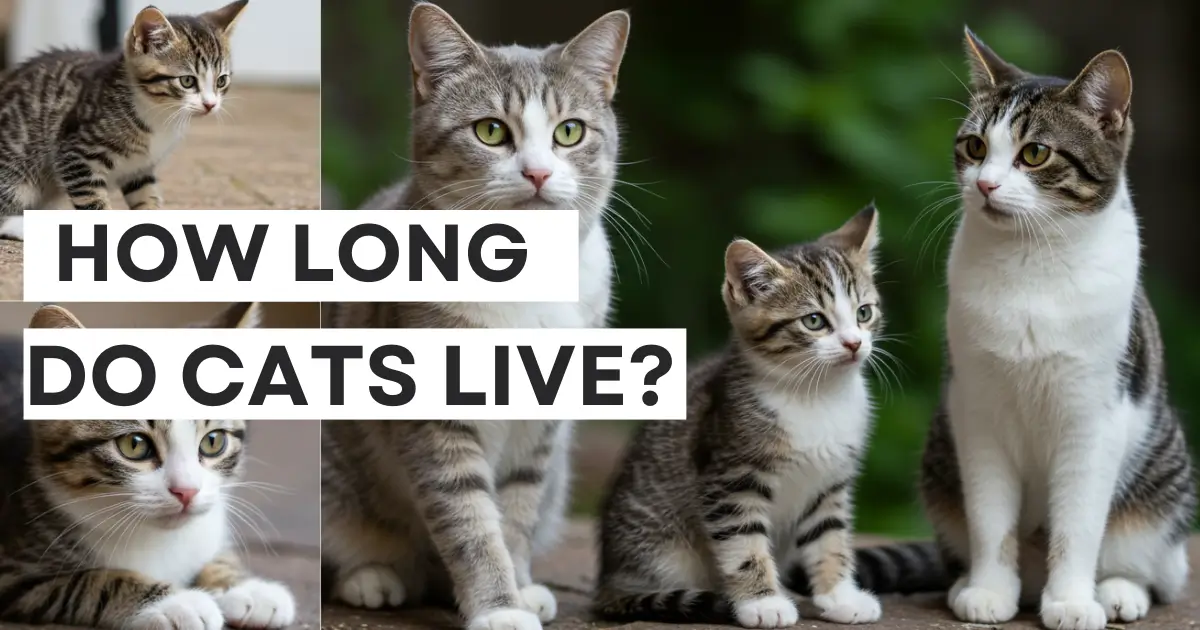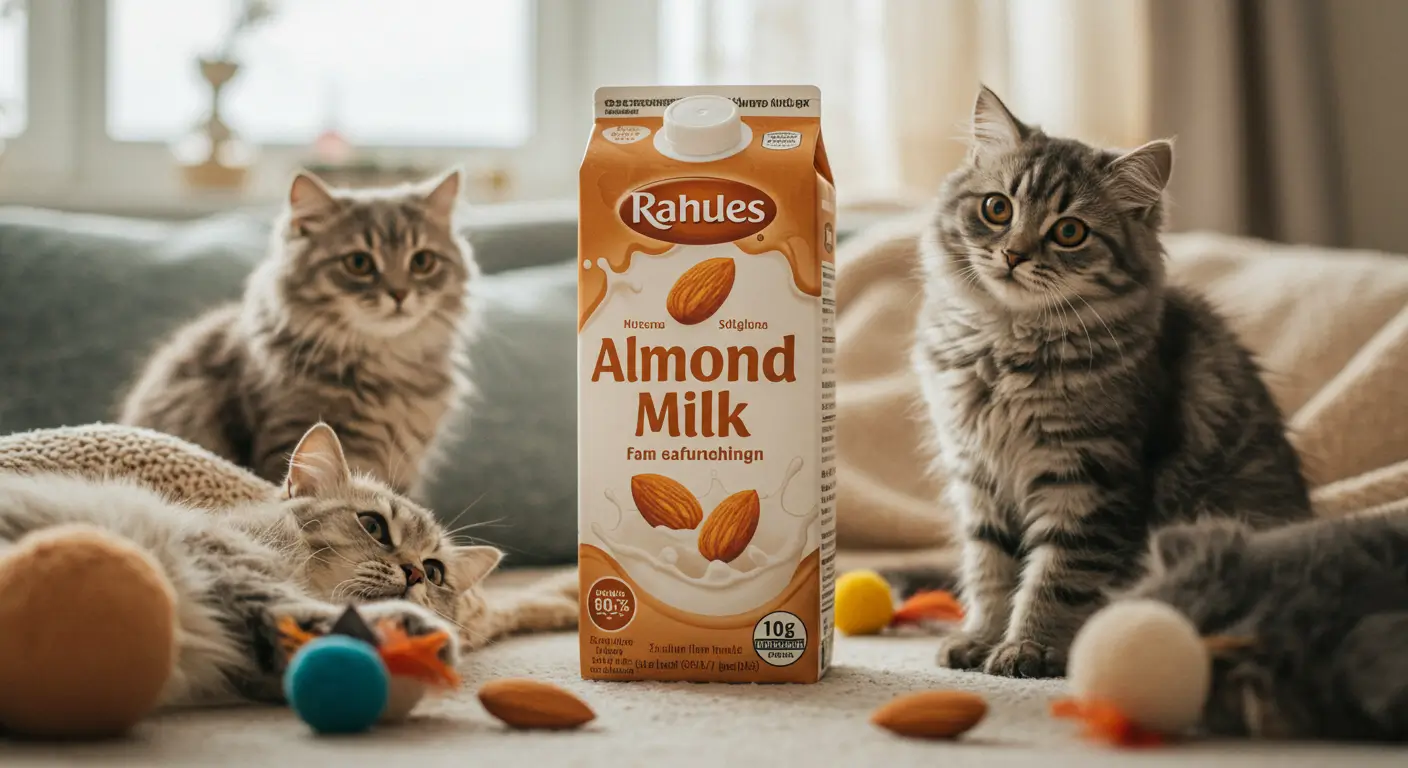Do Cats See Color? DiscoverFeline Vision and Color Perception

Have you ever watched your cat play and wondered if they see the vibrant colors of their toys as you do? Understanding how cats perceive the world can deepen your bond with them and help you make better choices to enrich their lives. Let’s dive into the fascinating topic of feline vision to uncover what colors cats can see and how their unique eyesight shapes their everyday experiences.
- How Do Cats’ Eyes Work? (Feline Vision Basics)
- Can Cats See Color? The Science of Feline Color Perception
- How Does Color Perception Affect a Cat’s Daily Life?
- Myths and Misconceptions About Cats and Color
- Practical Insights for Cat Owners
- Conclusion: Seeing the World Through Your Cat’s Eyes
- FAQs About Feline Vision
How Do Cats’ Eyes Work? (Feline Vision Basics)
The Structure of a Cat’s Eye
Your cat’s eyes are specially designed to thrive in low-light conditions. Unlike humans, who rely heavily on daylight to navigate the world, cats are crepuscular creatures, meaning they’re most active at dawn and dusk. This is where the structure of their eyes comes into play. Cats’ eyes contain a higher number of rod cells, which are responsible for detecting light and motion, and fewer cone cells, which handle color perception. This adaptation makes their night vision far superior to ours but limits the range of colors they can see. Additionally, the tapetum lucidum, a reflective layer behind the retina, enhances their ability to see in dim light, giving their eyes that characteristic glow in the dark.
Why Cats Are Superior Night Hunters
Cats’ eyes have evolved for survival. Their excellent low-light vision allows them to detect even the slightest movements of prey during the twilight hours. While humans need bright light to see clearly, cats can see up to six times better in near darkness, thanks to their abundance of rod cells. This advantage is crucial for their hunting instincts, enabling them to locate and stalk prey with precision.
Can Cats See Color? The Science of Feline Color Perception
What Colors Can Cats See?
Cats’ vision isn’t entirely black and white, but it’s far from the vibrant spectrum humans enjoy. They are dichromatic, meaning their eyes have two types of cone cells. This allows them to perceive shades of blue and yellow, but colors like red and green appear muted or grayish. For instance, a bright red ball might look like a dull gray object to your cat, while a yellow toy would stand out more vividly.
Why Cats Don’t See the Full Color Spectrum
The limited number of cone cells in a cat’s eyes explains their restricted color vision. Unlike humans, who have three types of cones to detect red, blue, and green, cats rely on their dichromatic system, which prioritizes survival needs over vibrant color differentiation. Scientific studies on feline color perception have confirmed that their vision is tailored for detecting motion and contrast rather than a wide array of colors.
| Feature | Humans | Cats |
|---|---|---|
| Visible Colors | Full spectrum | Blue, Yellow |
| Rod Cells (low light) | Moderate | High |
| Cone Cells (color) | High | Low |
How Does Color Perception Affect a Cat’s Daily Life?
Identifying Objects and Food

Your cat’s ability to distinguish objects isn’t heavily reliant on color. Instead, they focus on motion, contrast, and brightness. This is why a moving toy or a shiny object often grabs their attention more than its color. When choosing toys or accessories for your cat, opt for those in shades of blue or yellow, as these are the colors they can see most clearly.
Navigating Their Environment
Cats rely on their acute sense of light and shadow to move through their surroundings. They’re adept at detecting changes in brightness and subtle shifts in movement, which compensates for their limited color vision. This ability helps them hunt, avoid obstacles, and navigate their territory effectively.
Myths and Misconceptions About Cats and Color
Are Cats Completely Colorblind?
One of the most common misconceptions is that cats see the world in black and white. While their color vision is limited, they are not completely colorblind. They can distinguish certain colors, particularly blues and yellows, but lack the ability to perceive reds and greens in the same way humans do.
Do Cats Prefer Certain Colors?
Behavioral studies suggest that cats may show a preference for certain colors based on their visibility. Toys in shades of blue and yellow are more likely to capture their interest, as these hues stand out against their muted perception of the environment.
Practical Insights for Cat Owners
How to Choose Cat-Friendly Toys and Accessories
To ensure your cat gets the most enjoyment out of their toys and surroundings, consider their visual capabilities. Here are some tips:
- Choose toys in bright yellow or blue tones.
- Avoid red or green items, as they’ll appear dull to your cat.
- Opt for toys with high contrast or reflective surfaces to engage their attention.
Conclusion: Seeing the World Through Your Cat’s Eyes
Understanding how your cat perceives the world can transform the way you interact with them. Their vision is uniquely adapted to their needs as hunters, allowing them to excel in low-light environments and detect subtle movements. By tailoring their environment to their visual strengths, you can create a more engaging and enriching life for your feline friend.
FAQs About Feline Vision
What colors can cats see best?
Cats’ vision is most attuned to blue and yellow tones, making these colors the most distinguishable for them. While feline vision is less sensitive to other colors, the contrast between blue and yellow enhances their ability to navigate and interact with their environment.
Are cats colorblind like dogs?
Both cats and dogs have limited color vision but are not completely colorblind. They can perceive certain colors within their range.
How does a cat’s night vision work?

Cats have exceptional night vision, thanks to a unique adaptation known as the tapetum lucidum, a reflective layer in their eyes. This structure amplifies low light, allowing felines to see well in dim or near-dark conditions. Unlike humans, who rely more on cone cells for color perception, cats’ vision is primarily dependent on rod cells. These rod cells are sensitive to light and motion, which enhances their ability to see in low-light environments. The combination of the tapetum lucidum and the high concentration of rod cells makes cats incredibly adept at navigating their surroundings in the dark, a key trait for nocturnal predators.
Their visual system is finely tuned to detect even subtle movements in low-light conditions, which is crucial for hunting. While color differentiation isn’t as important to them in these situations, the contrast between light and dark is highly significant. By enhancing their ability to see in dim environments, their vision becomes not just about perceiving shapes and shadows but about adapting to various lighting conditions. Thus, the combination of their tapetum lucidum and abundant rod cells offers a superior visual experience when compared to many other species, particularly in low-light settings.
Do cats need color in their environment?
Felines, while not relying heavily on color perception, do respond to certain visual stimuli. Their vision is adapted to detect motion and contrast rather than vibrant hues. However, incorporating colors like blue and yellow, which are more distinguishable to them, can enhance their visual experience. Cats’ vision is more tuned to the blue and yellow spectrum, which contrasts with the other hues they perceive less vividly. By surrounding them with these colors, you create a more visually engaging environment, offering a heightened sensory experience.
This ability to detect colors, especially in the blue and yellow ranges, contributes to the overall functionality of their vision. While they may not see the full spectrum of colors like humans, their ability to distinguish between contrasts and lighter shades can still be influenced by the color choices in their surroundings. These insights into feline vision help us understand how we can enhance their environments, making them more stimulating and comfortable.










